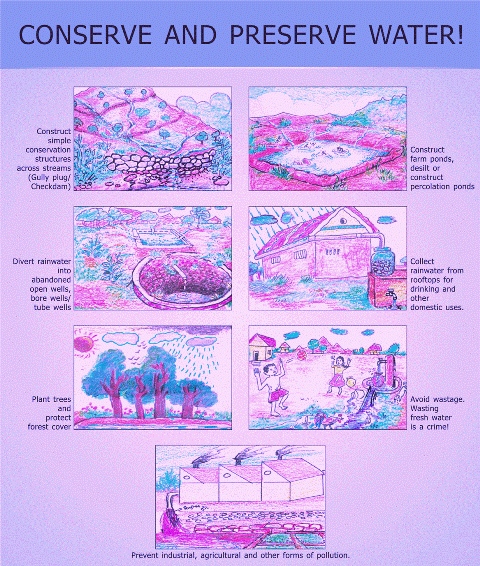Monday, January 22, 2007 (Chennai):
A man alleged to be a kidney broker has been detained in Chennai.NDTV had brought a story of Malliga who was driven out of the house by her husband.
He had taken the money given to her by brokers for donating a kidney. Malliga's kidney had been taken away at a private hospital in Madurai.
The accused, Raji, has been detained in connection with selling kidneys of fisherwomen from the coastal areas affected by the 2004 Tsunami.Tsunami kidney racket busted in Chennai
Sanjay Pinto, Sam Daniel
Tuesday, January 16, 2007 (Chennai):
Most government departments in the country, like passport offices, rely on the ration card as almost conclusive proof of residence and relationship. In a shocking finding by NDTV, the ration card has been misused over the last few years in Chennai to get over the strict legal requirement of relative donors for kidney transplants.
Investigation reveals that touts lured the tsunami survivors in North Chennai to sell their kidneys for transplants allegedly in four private hospitals, one in Madurai and three in Chennai. Screening by a Committee appointed by the health department is mandatory to verify if the donor is a relative. And so, the touts 'set up' people to pose as relatives, with a bunch of ration cards as proof of address and relationship.
As ration cards that are accepted by all government departments, including passport offices, have only the husband's or father's photograph, they rustle up fake relatives for the other names mentioned on the cards to get the required clearance.
That explains why there have been so many women donors."They will present women before the committee, claiming that they are related to the person whose photograph is on the ration card," said Thilakavathy, donor and victim.
Exploitation of the poorMany fingers point towards one man, a regular broker who has allegedly cashed in on the poverty and helplessness of tsunami survivors in this colony."
"His name is Prakash Babu. People call him Karrupiah. He is working in a pencil factory near Korrukpet," said Maria Selvam, President, Tsunami Nagar Welfare Association.
After the media expose, the broker has gone into hiding. NDTV managed to trace his mobile phone number which is 98401 62999. When contacted, he initially he denied he was Prakash. But when the NDTV team posed as relatives of a patient in need of a transplant, he opened up but refused to meet them and denied involvement in the organ trade.
"I had donated a kidney myself about five years ago. I am not involved in this at all," said Prakash alias Karrupiah, donor, Chennai.A copy of the discharge summary of a patient in a Madurai hospital, records the name of a "voluntary" donor, not a relative donor, which itself is illegal.
The police is yet to receive a complaint from the victims. Officials say 25 transplants have taken place over the last couple of years but locals say it's at least thrice that number. What's peculiar is that the police say many of the brokers are also donors and one-time victims of the organ trade.
No case has been registered as yet but some groundwork is being discreetly done by the cops to get to the bottom of the racket.






